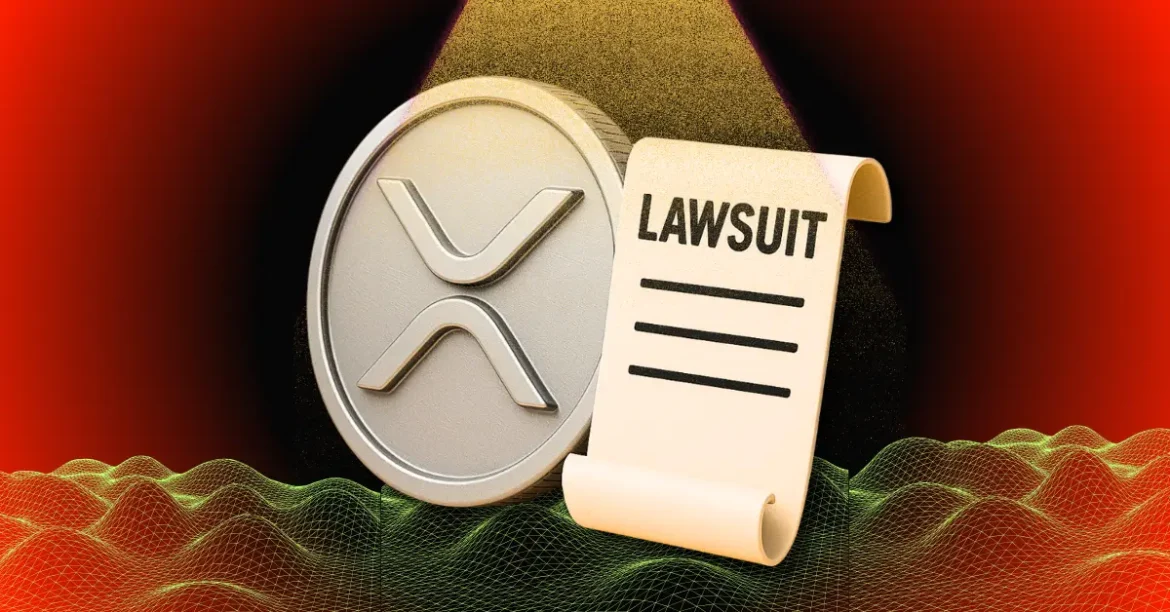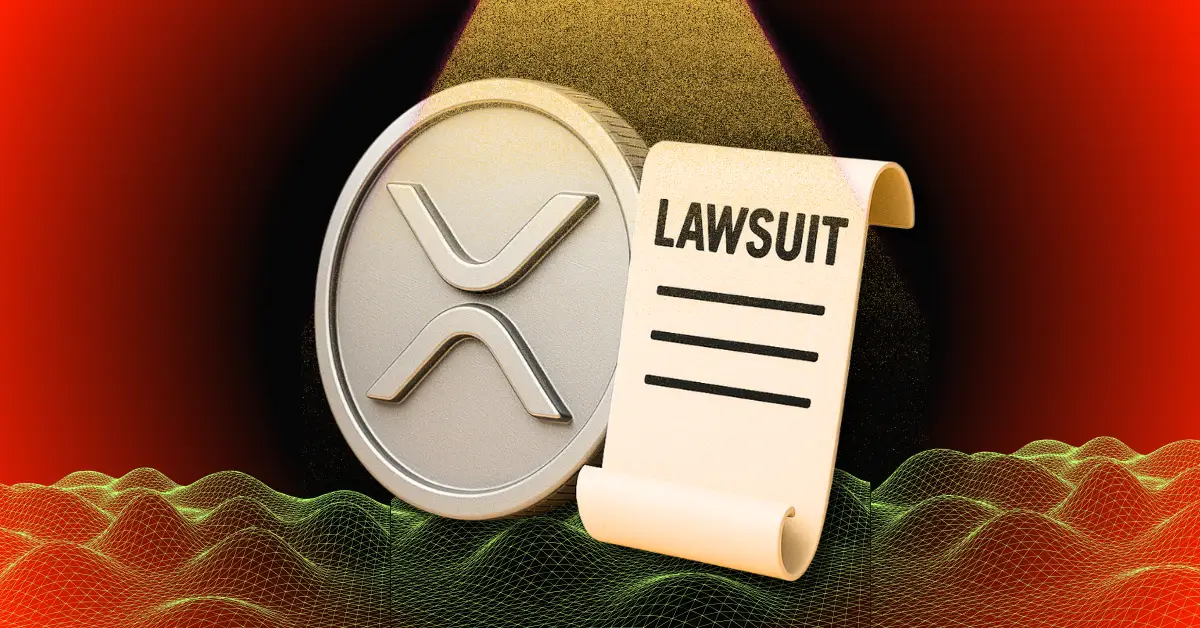The Ripple-SEC lawsuit has remained a focal point in the cryptocurrency arena for over four years, with its outcome deeply influencing industry regulations and investor confidence. The extensive legal battle has been marked by twists, delays, and intense debate among legal experts, regulators, and crypto enthusiasts alike. To understand the significance and potential trajectory of this case, a detailed analysis combining recent developments, legal perspectives, and strategic implications is essential.
The Core of the Ripple-SEC Legal Saga
At its heart, the dispute revolves around whether Ripple Labs’ sale of XRP constitutes an unregistered security sale, violating federal securities laws. The SEC’s position has historically been that XRP should be treated akin to a security, which would entail registration and regulatory oversight. Ripple, on the other hand, has consistently argued that XRP is a digital commodity similar to Bitcoin or Ethereum, which do not fall under securities regulations.
This legal confrontation has implications beyond mere classification—it touches upon how cryptocurrencies are regulated and perceived by authorities. The case’s outcome could potentially set a precedent that clarifies or further muddies the regulatory landscape.
Key Developments and their Significance
Settlement Speculations and Judicial Movements
Contradictory statements and legal maneuvers have kept observers on edge. Notably, prominent pro-XRP lawyer John Deaton has indicated that both Ripple and the SEC initially reached an agreement to settle. However, this apparent consensus was disrupted by unforeseen twists, including Judge Torres’s delay in issuing a final ruling. Deaton, estimating that resolution could still take several months, describes these delays as “speed bumps” rather than insurmountable obstacles.
The End of the Litigation? A Mixed Reality
While early reports suggested a swift resolution, the latest updates suggest a protracted process. In March 2025, a landmark decision was made—the SEC announced the conclusion of its ongoing legal fight with Ripple by accepting a $50 million settlement. This settlement marked a significant milestone, effectively ending one of the most scrutinized enforcement actions in the crypto space.
However, nuances exist, especially considering the internal disagreements within the SEC, with some officials dissenting on the approach. The SEC’s decision to settle and withdraw its appeal signifies a potential shift in approach or recognition of the difficulty in winning the case outright.
Ripple’s Wins and Strategic Outcomes
Ripple’s legal victories extend beyond monetary settlements. The company recovered $75 million, which enhances its operational capacity and positions it favorably for expansion, both domestically and globally. Moreover, a ruling by a U.S. judge clarified that Ripple did not violate federal securities law by selling XRP on open markets—a critical validation for the cryptocurrency industry.
Legal and Regulatory Implications
The Significance of Judge Torres’s Delay
Deaton emphasizes that Judge Torres’s delaying strategies reflect the sensitivity and pressure surrounding this case. Her role as a key decision-maker underscores the importance of her rulings on future crypto regulation. If she perceives that dissolving the injunction aligns with public interests and regulatory clarity, she may approve the settlement, pushing the case toward resolution.
The Appeal Phase and Its Impact
The U.S. Court of Appeals has recently entered the appeal phase, with the SEC ending its appeal of a July 2023 court decision. This development signals that the legal proceedings are winding down. Yet, the ongoing submission of briefs suggests that some procedural hurdles remain before a definitive end.
Industry Perspectives and Expert Opinions
Legal experts, including former SEC attorneys like Marc Fagel, have noted that the SEC’s abrupt changes in strategy—shifting from a win to settlement—are unusual and potentially indicative of internal reassessments or strategic recalibrations. These movements may reflect broader regulatory uncertainties that still loom over the industry.
Potential Outcomes and Future Scenarios
Most analysts agree that a resolution might be announced within the next few months, possibly by early June, though delays are still plausible. While some speculate that XRP ETFs or broader regulatory clarifications might follow the case’s resolution, these remain contingent on upcoming rulings.
Market Reactions and Broader Impacts
The cryptocurrencies community has responded positively to Ripple’s settlement and legal wins, with XRP surging in value. The ruling is seen as a step toward regulatory clarity, particularly affirming that XRP tokens are commodities rather than securities. This classification could influence future legal cases and legislative efforts.
Ripple’s ability to recover significant funds and conclude the legal battles positions the firm to accelerate its global growth plans. Additionally, the case’s resolution may embolden other crypto companies to pursue compliant strategies without fear of aggressive regulatory overreach.
The Bigger Picture: Regulatory Clarity and Industry Confidence
The Ripple-SEC case symbolizes the ongoing struggle to define the legal status of digital assets. While a settlement or final ruling might bring immediate relief, the broader impact hinges on subsequent regulatory frameworks that will shape the crypto industry’s future. Greater clarity could foster innovation, attract institutional investments, and facilitate the integration of digital assets into mainstream finance.
Final Thoughts: A Pivotal Moment for Crypto Regulation
The end of Ripple’s long-standing legal battle with the SEC marks a significant milestone, but it’s also a reflection of the complex and evolving regulatory environment. Whether this case concludes with a settlement, dismissal, or a court decision, its outcome will ripple through the industry, setting precedents that could define the trajectory of digital asset regulation for years to come. As the legal process nears its closing chapters, stakeholders remain attentive, knowing that the final pages might finally bring much-needed clarity or further questions about the path forward.





